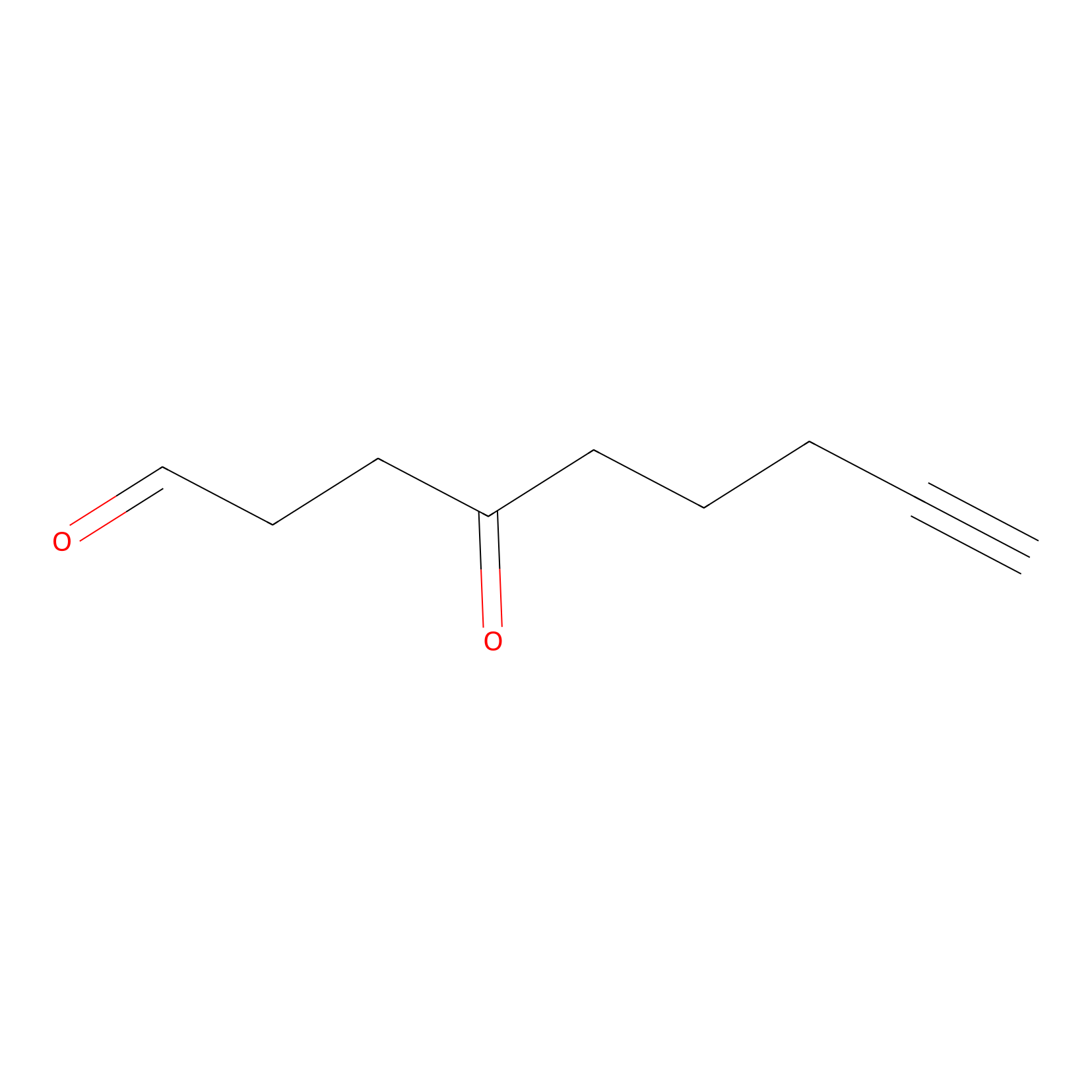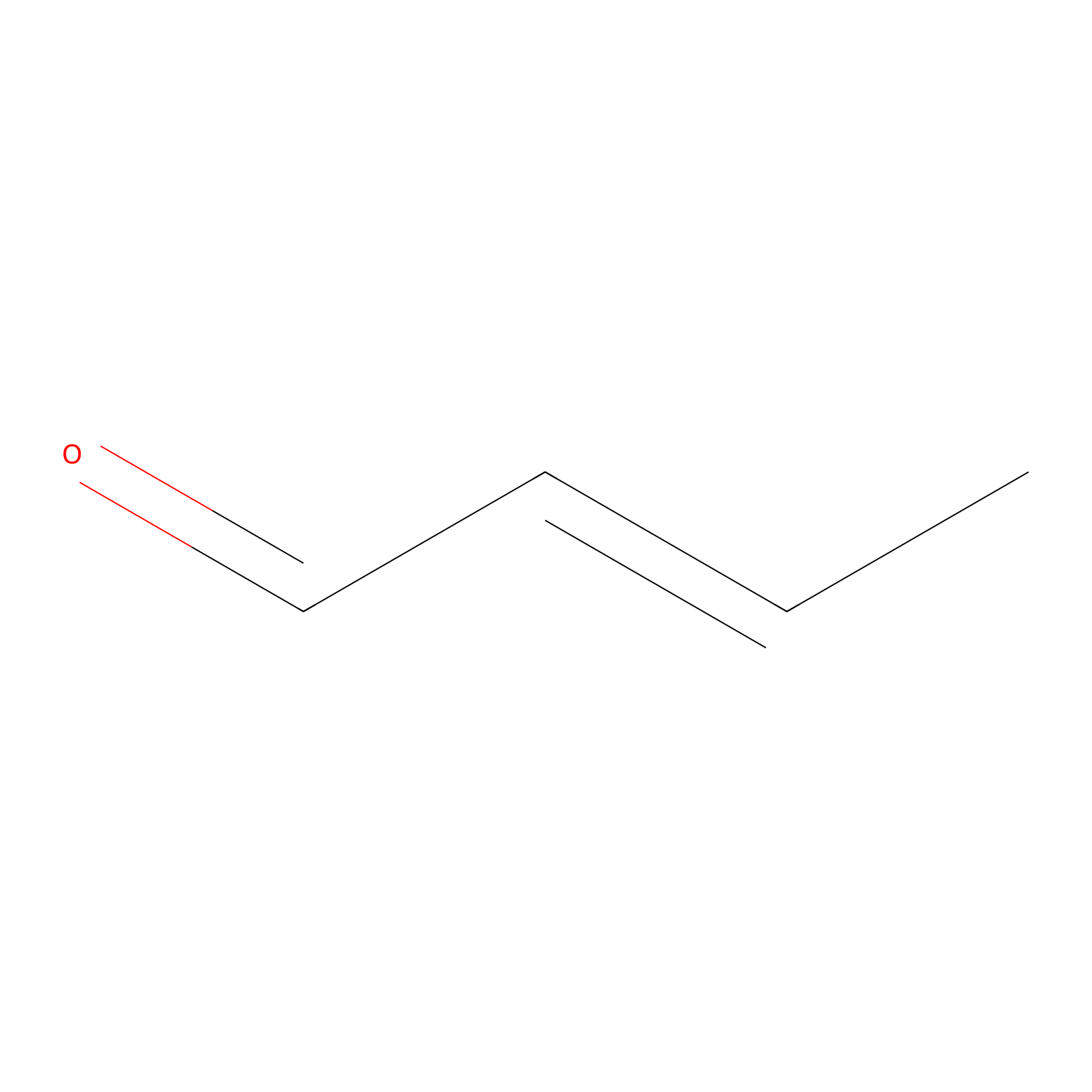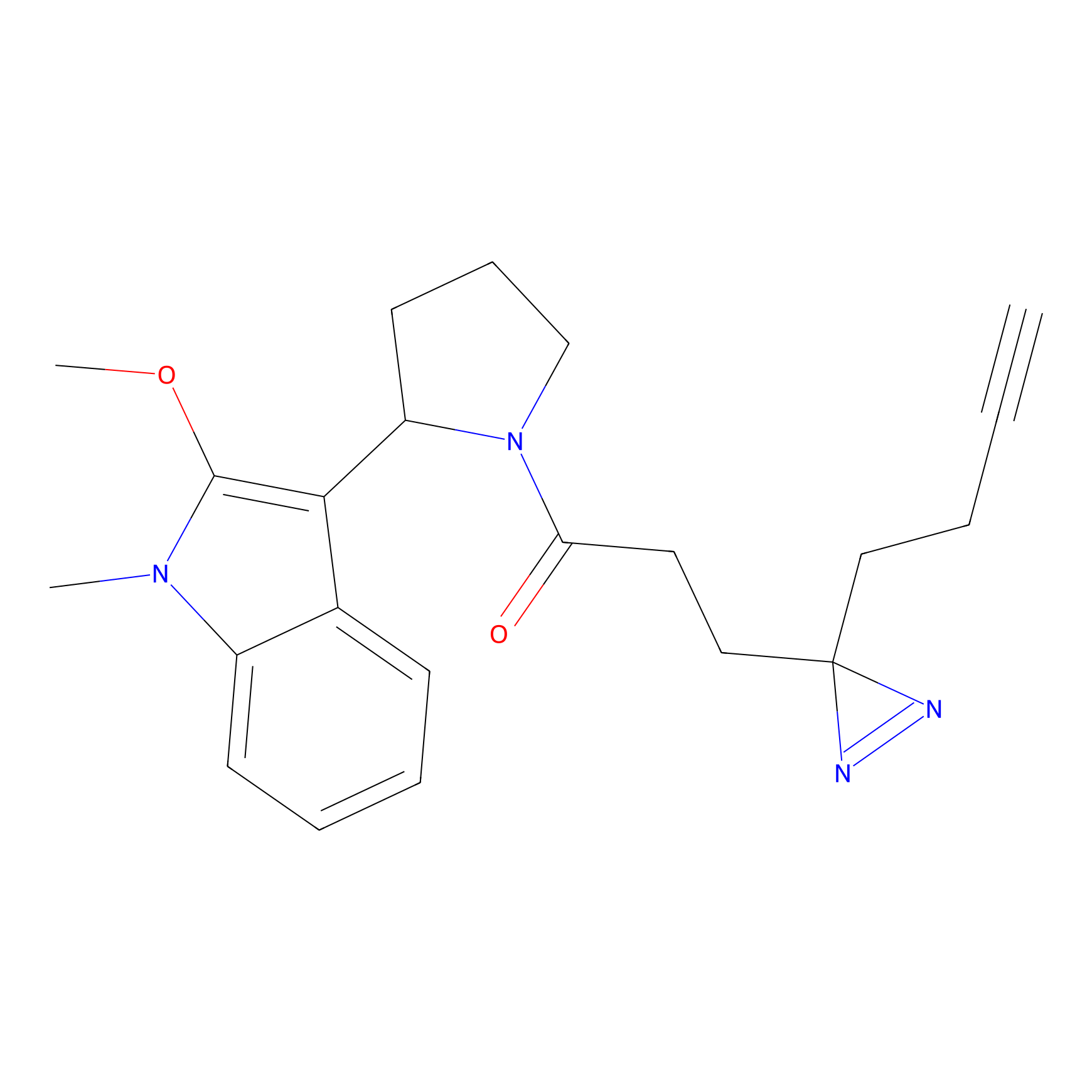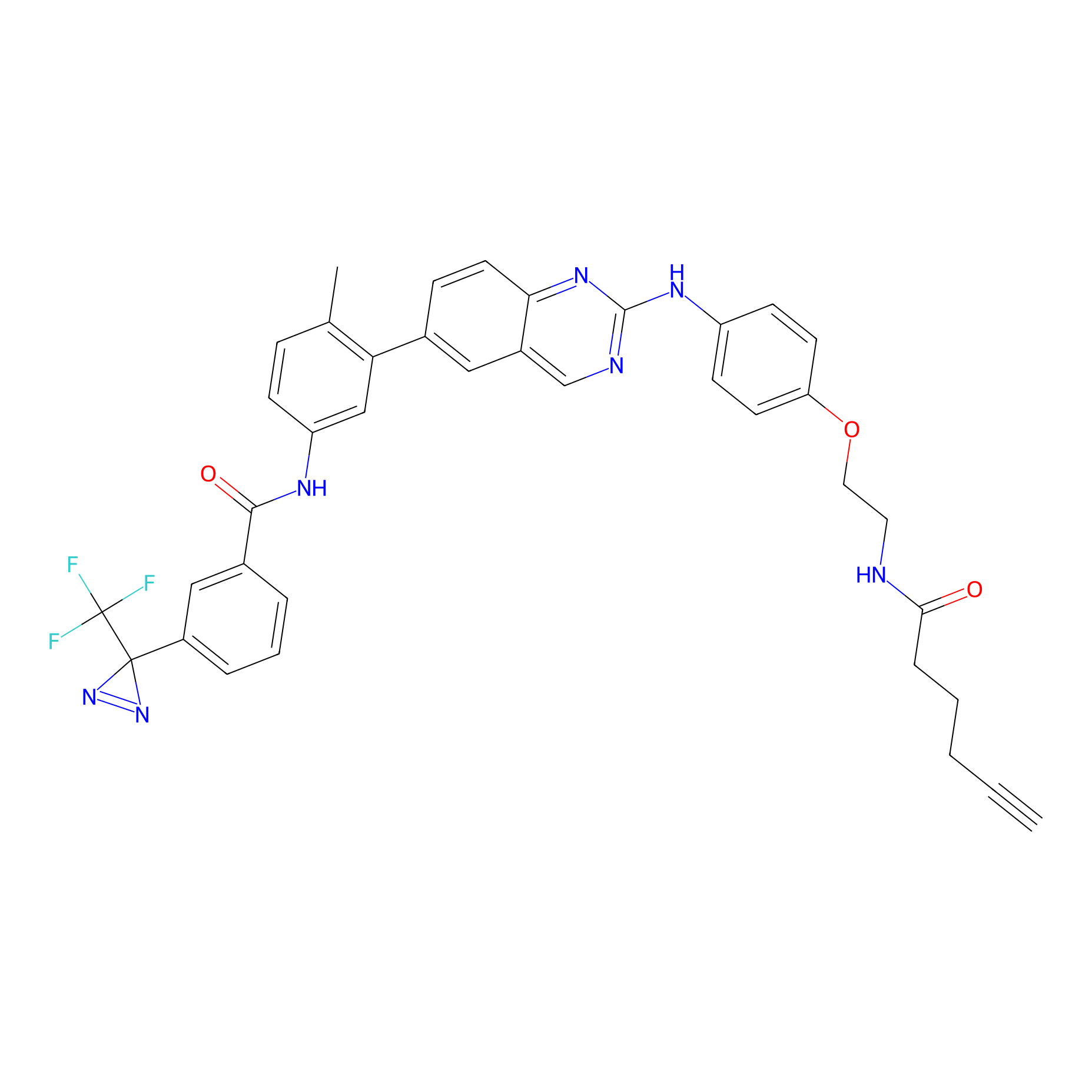Details of the Target
General Information of Target
Target Site Mutations in Different Cell Lines
Probe(s) Labeling This Target
ABPP Probe
| Probe name | Structure | Binding Site(Ratio) | Interaction ID | Ref | |
|---|---|---|---|---|---|
|
STPyne Probe Info |
 |
K185(0.35) | LDD0277 | [1] | |
|
ONAyne Probe Info |
 |
K182(10.00) | LDD0275 | [1] | |
|
Acrolein Probe Info |
 |
H16(0.00); H15(0.00) | LDD0217 | [2] | |
|
Crotonaldehyde Probe Info |
 |
H15(0.00); H16(0.00) | LDD0219 | [2] | |
PAL-AfBPP Probe
| Probe name | Structure | Binding Site(Ratio) | Interaction ID | Ref | |
|---|---|---|---|---|---|
|
C431 Probe Info |
 |
28.05 | LDD2086 | [3] | |
|
DFG-out-4 Probe Info |
 |
6.40 | LDD0075 | [4] | |
Competitor(s) Related to This Target
References
